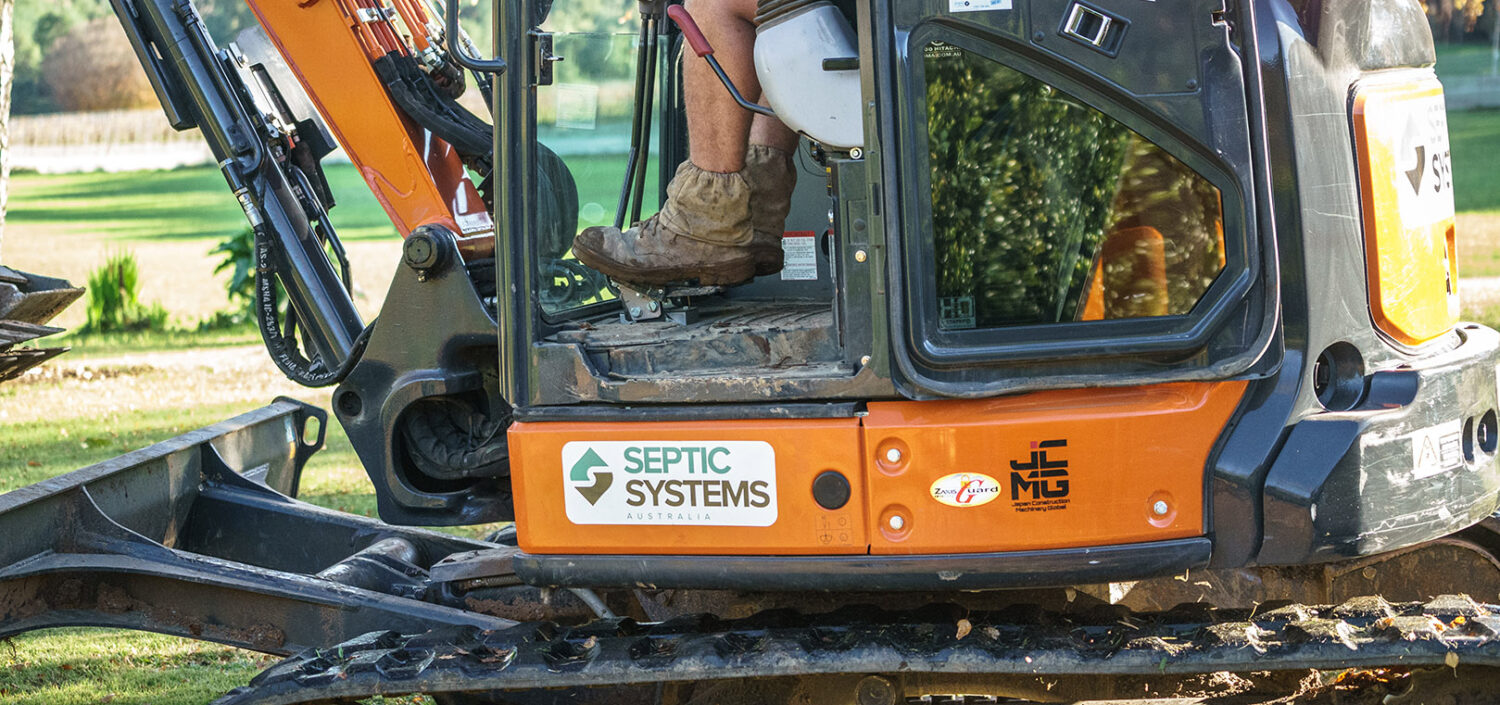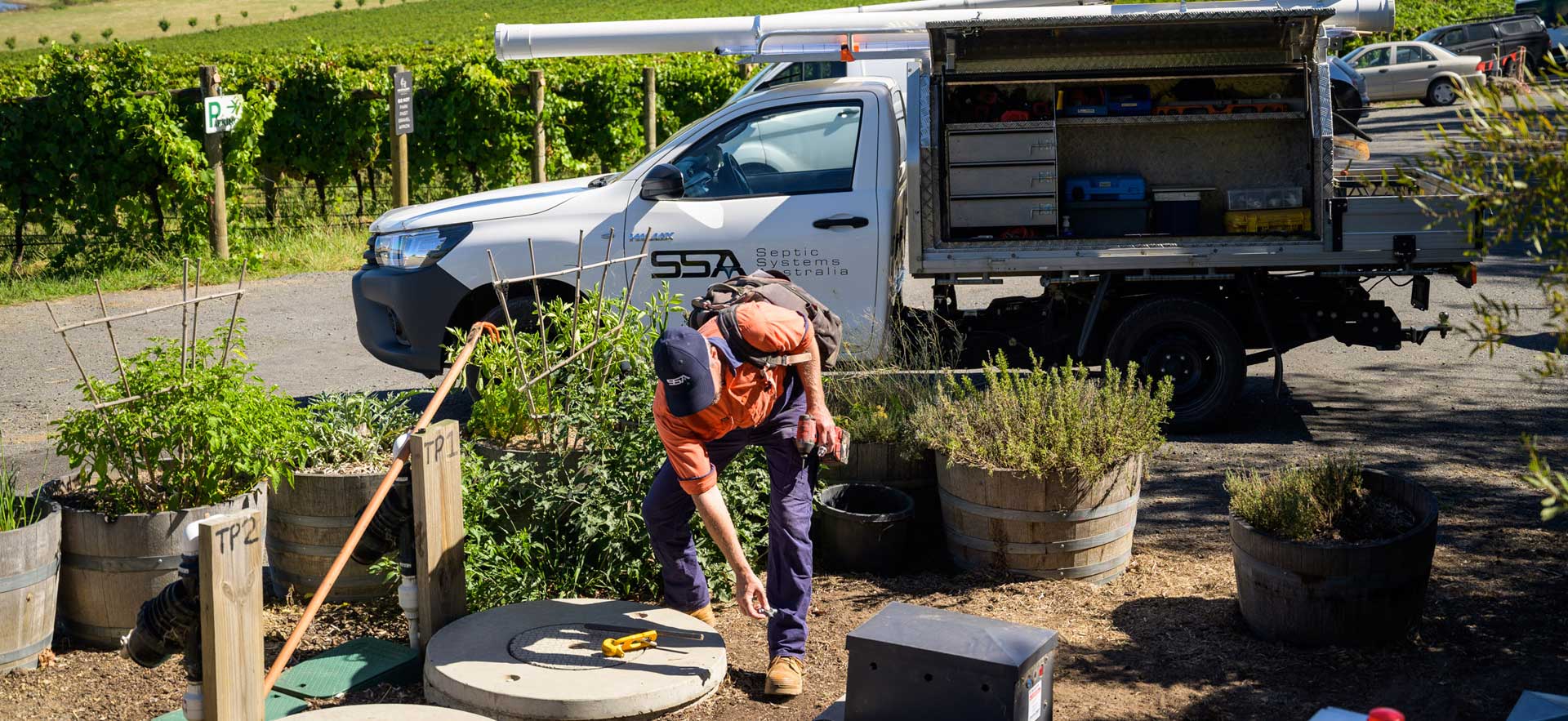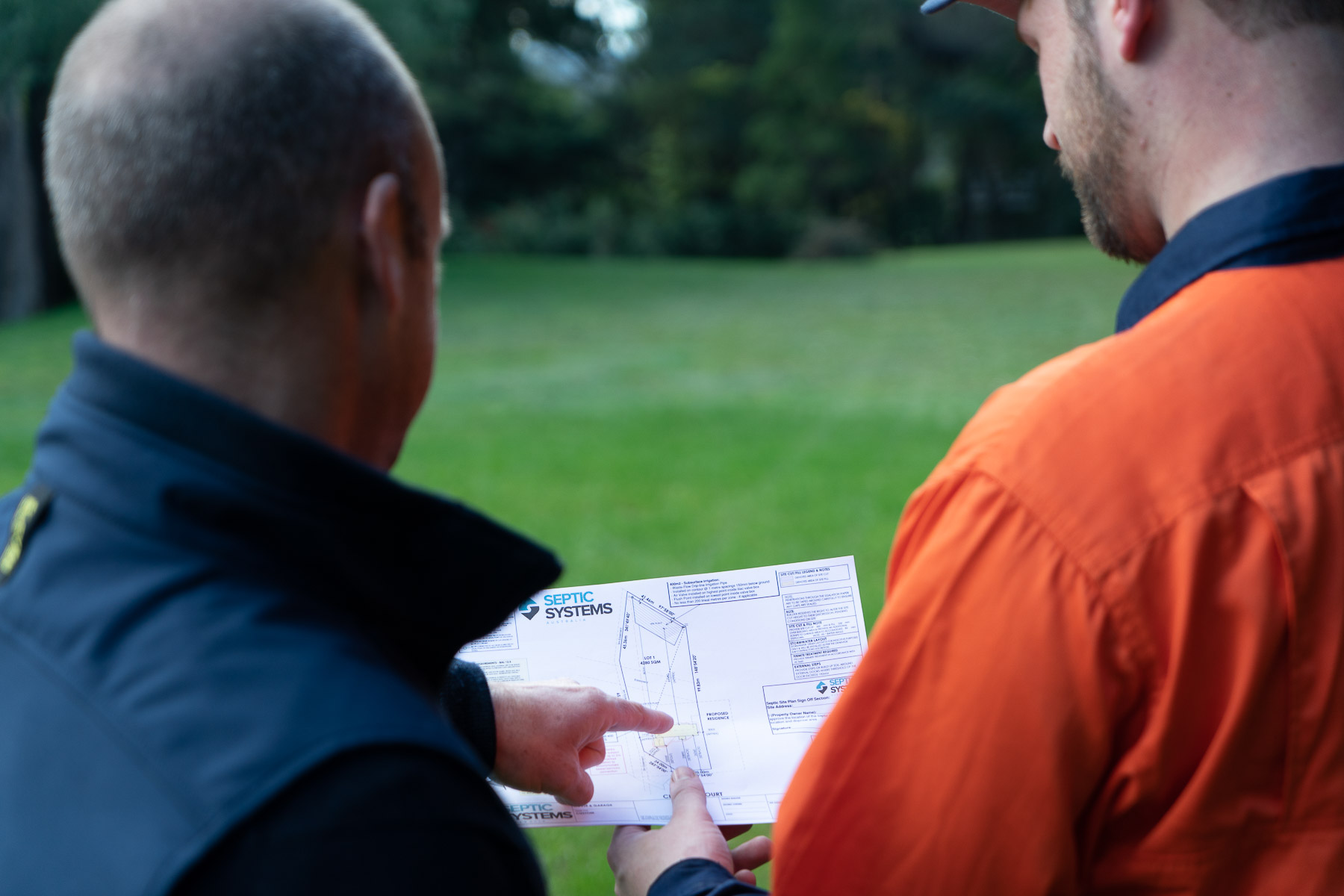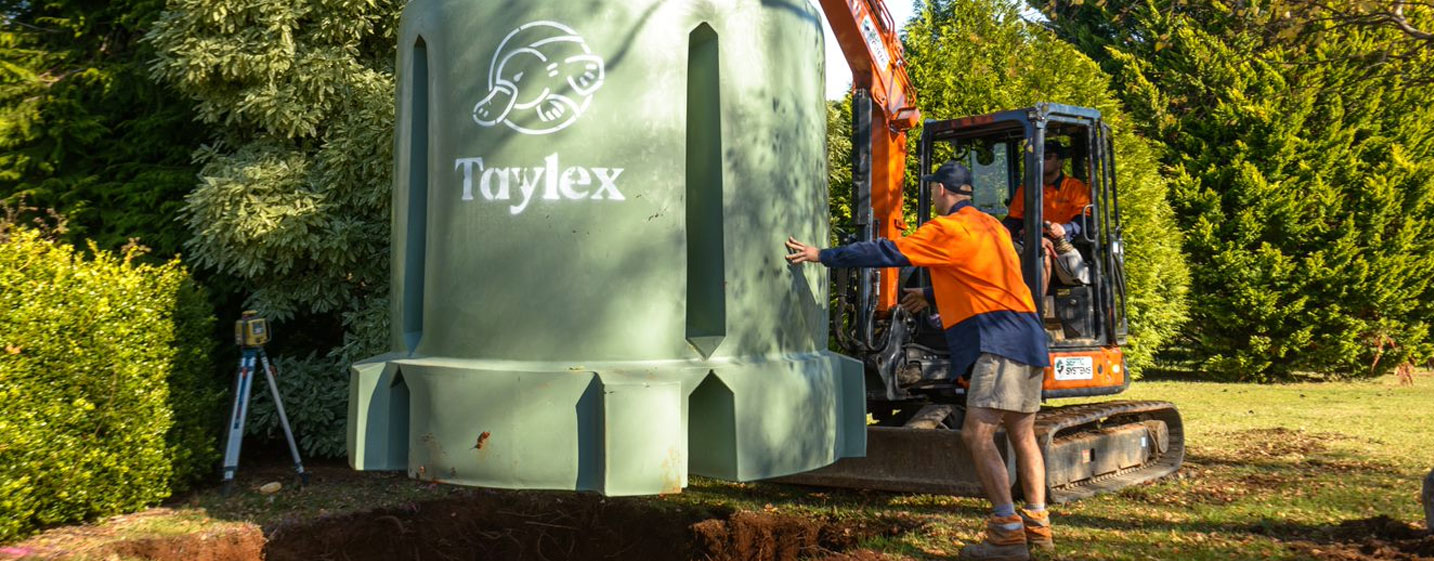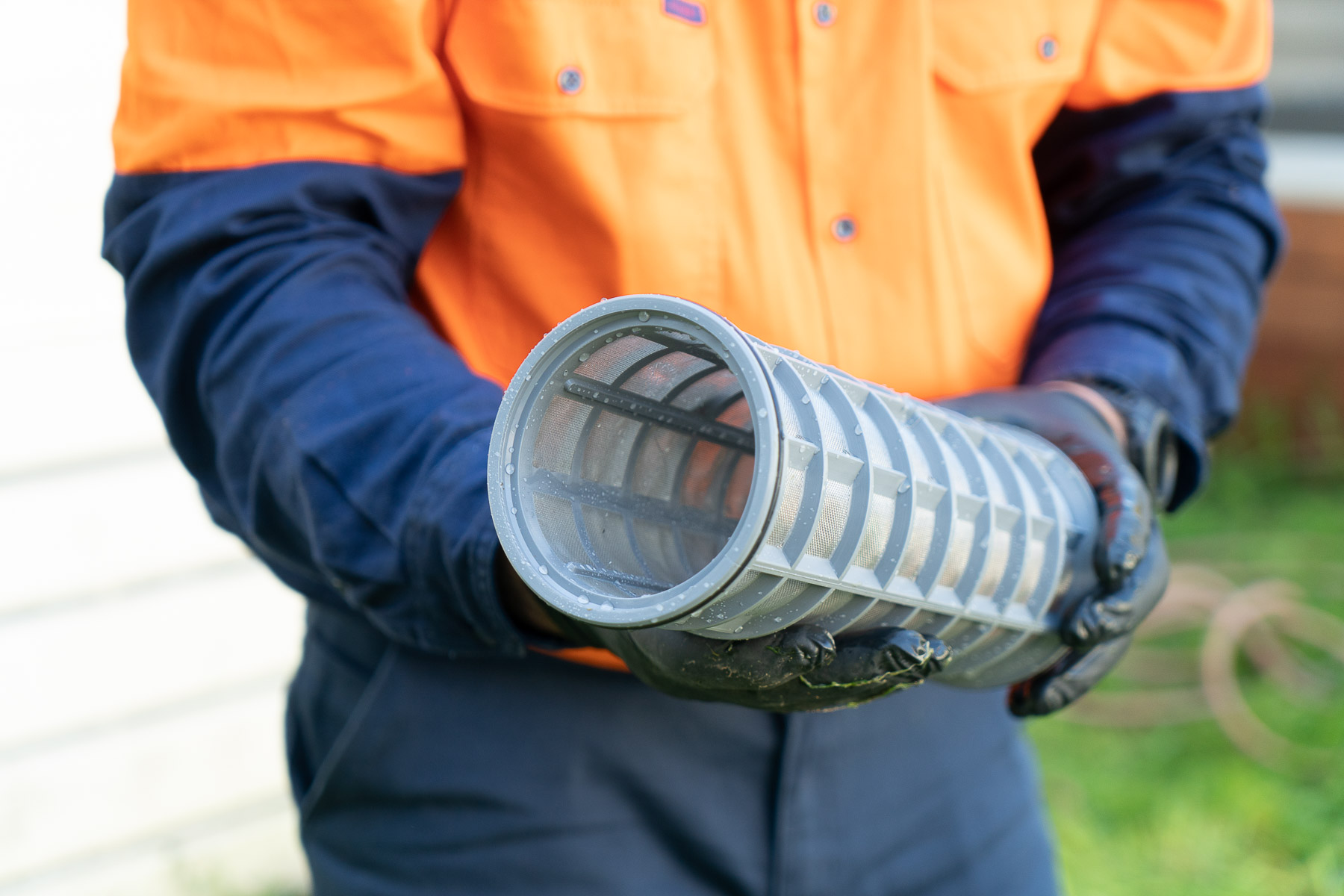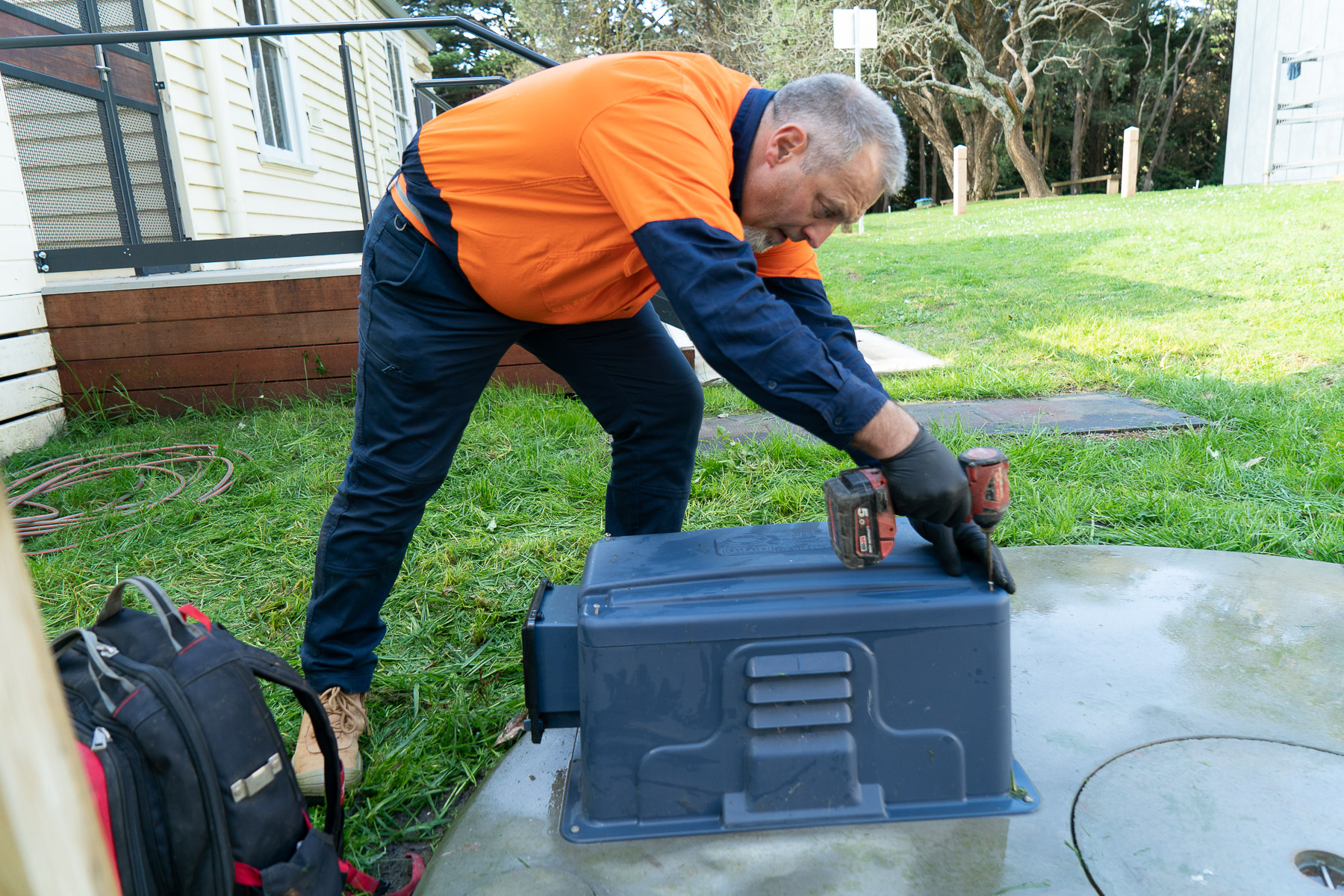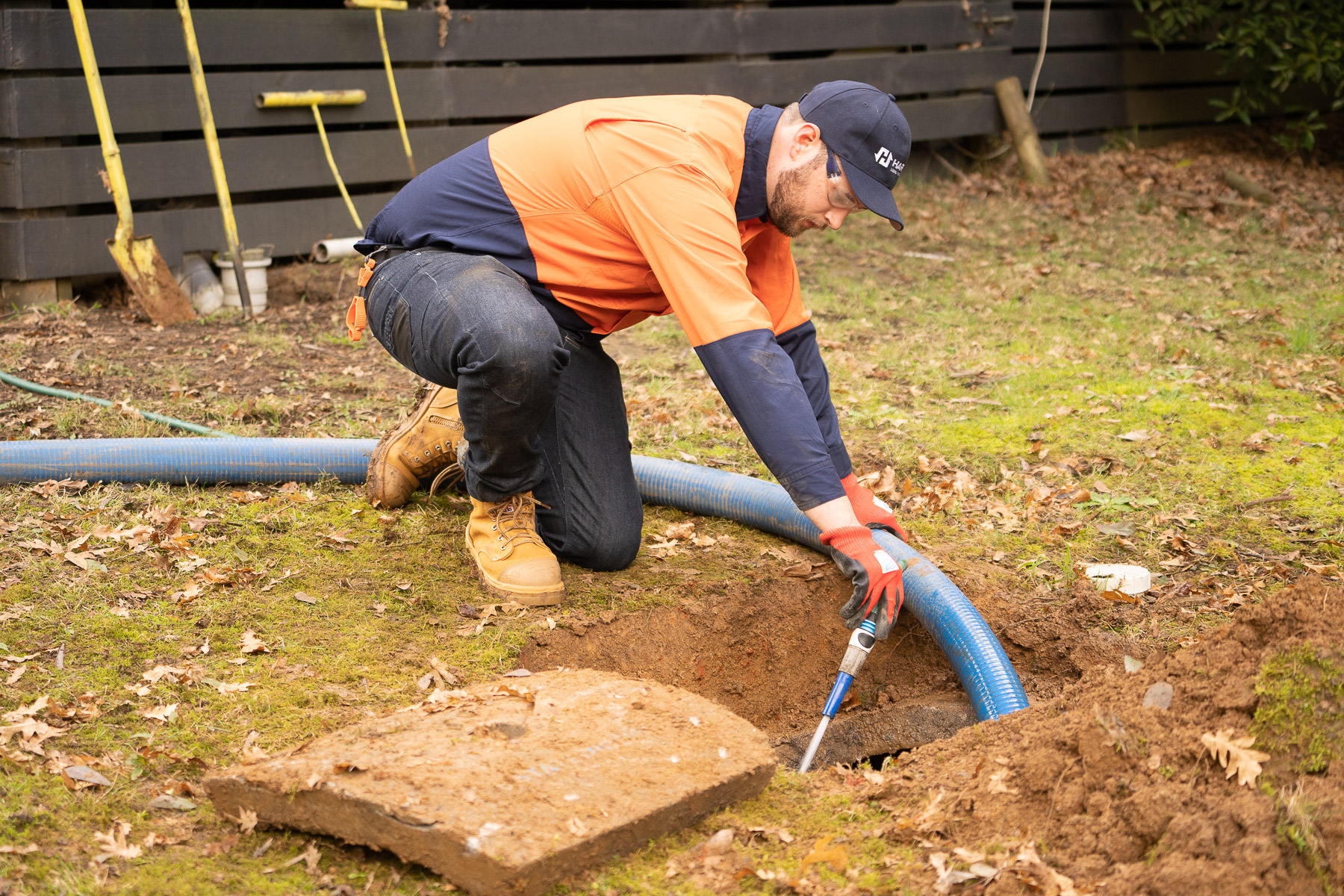Specialists in the wastewater industry
Look no further
Over the past 20 years, Septic Systems Australia has installed more than 3,000 septic systems. We are the specialists in the design, installation, servicing, repairs, maintenance and liquid waste solutions for all types of septic systems. We know that the last thing you want to be thinking about is your septic system – but take it from us, it’s about the only thing you’ll be thinking about if something goes wrong.
That’s why we’re passionate about wastewater, and have built our business around installing the highest quality, most durable septic systems, while managing the entire process for you.
Residential Septic Systems in Australia
When it comes to residential septic systems, homeowners across Australia need solutions that are effective, durable, and compliant with local council regulations. Septic Systems Australia specialises in the design, installation, and ongoing maintenance of septic tanks and treatment systems for homes in rural, semi-rural, and suburban areas. From conventional septic tanks to advanced aerated wastewater treatment systems (AWTS), our expert team provides cost-effective options tailored to the needs of each property.
Understanding Residential Septic Systems
A septic system is designed to collect, treat, and disperse household wastewater from toilets, showers, sinks, and laundry. In many residential areas where centralised sewer connections are unavailable, septic systems offer a reliable and sustainable solution.
Key components commonly include:
-
Septic tank or treatment unit (concrete, plastic, or fiber-glass).
-
Inlet and outlet pipes to accommodate wastewater flows.
-
Drainage or absorption trenches that disperse effluent safely into the soil.
-
Filtration and treatment processes that reduce harmful bacteria and contaminants.
Choosing the right type of system depends on land size, soil conditions, water usage, council approvals, and household needs.
Types of Residential Septic Systems
Conventional Septic Tanks
A traditional option that uses a buried tank to separate solids from liquids. Effluent disperses into absorption trenches where it filters through the soil. Conventional systems are a proven, simple, and cost-effective choice for many households.
Aerated Wastewater Treatment Systems (AWTS)
Aerobic systems use oxygen to accelerate the breakdown of waste, reducing odours and producing cleaner effluent. AWTS units are highly effective in areas with stricter environmental regulations or smaller land sizes.
Composting & Alternative Systems
For eco-conscious homeowners, composting septic systems provide a natural, sustainable way to process waste, producing compost-like material suitable for non-edible plants. These systems reduce water usage and electricity consumption while minimising environmental impact.
Benefits of Residential Septic Systems
-
Cost-effective: Lower ongoing bills compared to centralised sewer systems.
-
Durable and long-lasting: With proper maintenance, a septic system can last decades.
-
Eco-friendly: Modern systems promote conservation and treat wastewater in a sustainable manner.
-
Independent: Ideal for rural and remote areas where sewer access is unavailable.
-
Customisable: Different designs, chamber sizes, and drainage fields to suit varying soil types and landscapes.
Factors to Consider Before Installation
When planning a septic system for your home, it’s crucial to assess:
-
Soil conditions and permeability – clay, sand, and gravel all affect drainage.
-
Household water usage – larger families may require bigger tanks or additional chambers.
-
Council permits and approvals – each state and territory in Australia has regulations to comply with.
-
Environmental considerations – protecting groundwater, wildlife habitats, and nearby vegetation.
-
Budget and longevity – balancing upfront costs with durability and efficiency.
Septic Systems Australia works closely with local councils, regulatory authorities, and environmental agencies to ensure every installation meets Australian standards.
The Septic Systems Australia Process
-
Site Assessment & Consultation
Our experts visit your property to evaluate terrain, soil, and location.
-
System Design
Detailed plans are created to comply with council requirements while maximising efficiency.
-
Installation
Tanks are excavated, backfilled, and connected to household plumbing. Drainage trenches or irrigation lines are laid out.
-
Approval & Compliance
We manage permits, inspections, and council approvals for a hassle-free process.
-
Ongoing Maintenance
Regular servicing ensures your system operates smoothly, preventing blockages, odours, or costly breakdowns.
Common Issues & Solutions
-
Blockages & Slow Drains – often caused by accumulated solids or poor maintenance.
-
Odours & Smells – addressed with inspections, pumping, and treatment system adjustments.
-
Leaks & Pooling Water – may indicate trench failure or tank cracks that require repair.
-
Frequent Pumping – can signal undersized tanks or high household water usage.
By addressing issues early, homeowners can prevent expensive repairs and ensure safe, effective wastewater treatment.
Maintenance & Servicing
Routine maintenance is essential for every residential septic system. Septic Systems Australia provides scheduled inspections, pumping, and servicing to ensure:
-
Solids and sludge do not overflow into absorption trenches.
-
Aerobic systems maintain healthy levels of oxygen and bacteria.
-
Filters, pumps, and chambers are free from damage or wear.
-
Compliance with regulatory standards is maintained year-round.
Why Choose Septic Systems Australia?
-
Experience: Decades of expertise in residential wastewater management.
-
Range of Options: Conventional septic tanks, AWTS, composting systems, and custom solutions.
-
Compliance: Full knowledge of Australian guidelines, regulations, and council approvals.
-
Eco-Friendly: Systems designed to protect groundwater, soil health, and local environments.
-
Local Support: Servicing rural, semi-rural, suburban, and remote properties across Victoria.
